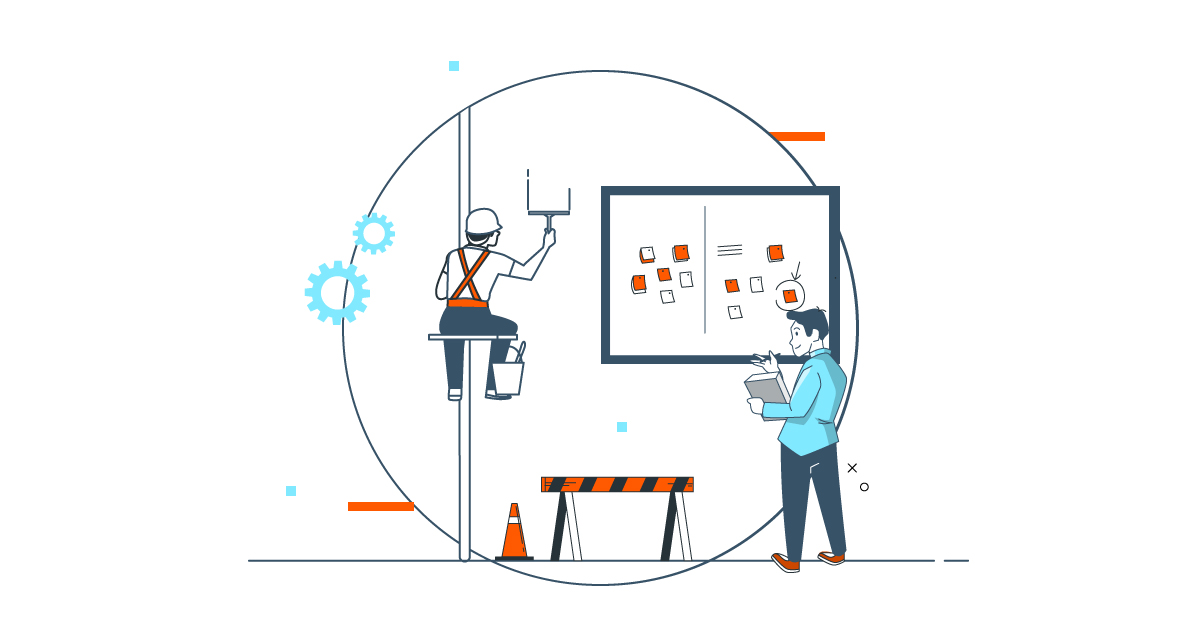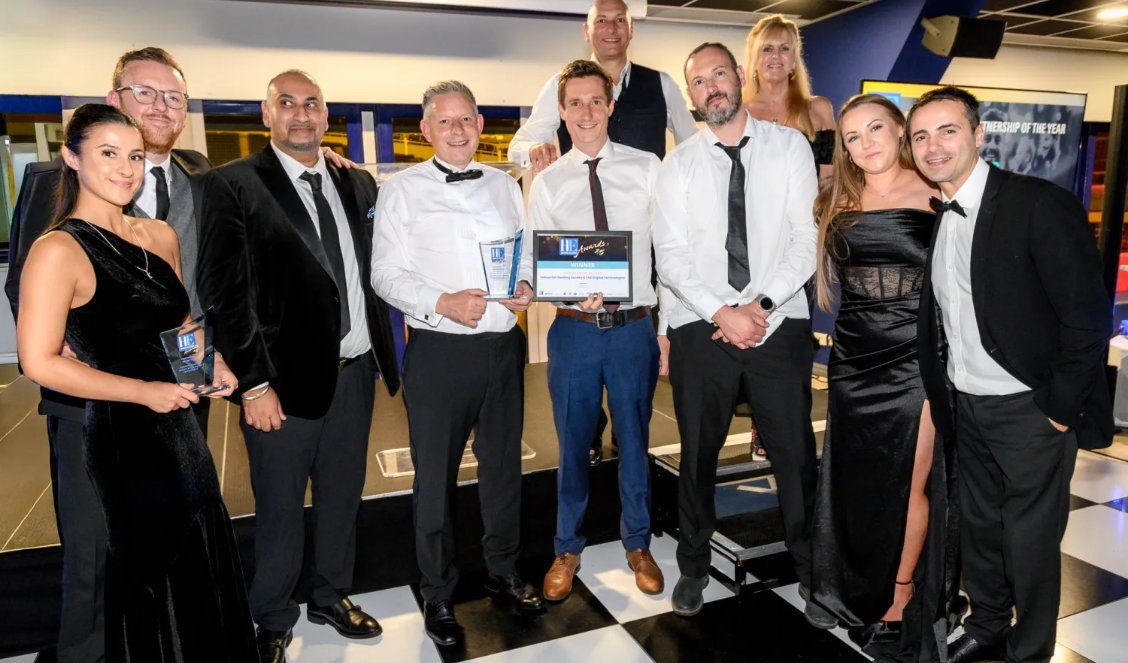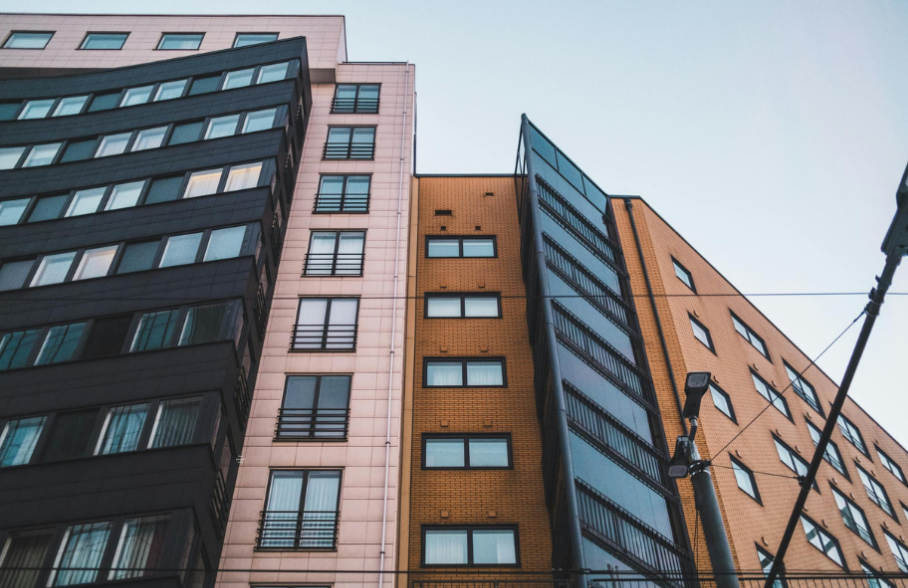
In the residential housing sector, planned preventative maintenance (PPM) is when a landlord takes a proactive approach to property inspection and repair.
It involves scheduling regular inspections and planning preventive maintenance jobs throughout a tenancy.
This enables the landlord to spot minor issues before they escalate and become expensive repairs. It also helps them comply with their tenancy agreement.
This article explains why planned preventative maintenance is essential, some of the benefits of having a system, what a PPM system consists of and how to set one up.
Why Is Planned Preventative Maintenance (PPM) Important?
There are a number of reasons why landlords should have a planned preventative maintenance system in place. Let’s take a closer look at what these are.
Maintain Your Property’s Value
Properties are commonly referred to as valuable assets, but rental homes are more susceptible to wear and tear than private ones. Consistent preventative maintenance will help ensure that you retain this value.
It Is a Legal Requirement
You have a legal duty under the Landlord and Tenant Act 1985 to ensure that the residential properties you rent out are habitable and safe.
Under the Act, you are responsible for maintaining the following elements in all of your residential and commercial properties:
-
Water
-
Electricity
-
Gas supply (including getting any fittings checked by a registered engineer)
-
Drains
-
Plumbing
-
Boiler and central heating
-
Electrical sockets
-
The roof
-
Guttering
-
The exterior walls, windows and doors
Easier to Manage Your Budget
Maintenance work is most likely to be required after inspections, as that’s when you spot potential problems.
By scheduling inspections, you can also predict when you will need to spend money on repairs.
Proactively fixing small issues before they become major unplanned repair work will also make them less expensive.
Fewer Reactive Maintenance Call-Outs
Planned preventative maintenance helps you reduce the number of unexpected issues that you need to deal with. It also means that tenants will likely report fewer unexpected problems.
Over time, you’ll need to attend to fewer reactive call-outs in your daily maintenance schedules. This helps to reduce stress for you, your tenants and the tradespeople you work with.
Scheduled Maintenance Is More Efficient
Inspecting a property and then conducting all repairs in one go is quicker, more cost-effective
and easier to manage than fixing multiple ad-hoc problems as they occur.
You can book tradespeople to be available for scheduled maintenance and ask for a bulk discount.
For example, you may wish to repaint each of your properties once every ten years.
If you have ten properties, this will be a significant contract for a painter/decorator, and they will likely be happy to offer a reduced rate to secure the work.
Happier Tenants
If your property is well-maintained, your tenants are more likely to be happy living there. They’ll also feel secure knowing that you regularly inspect the health and safety aspects of their home.
Planned preventative maintenance also allows you to provide tenants with ample notice of any maintenance work that needs to be done.
Industry Guidance on Planned Maintenance
Formal guidance from professional bodies like RICS and BSRIA provides a helpful structure for planning and delivering preventative maintenance.
For example, the Royal Institution of Chartered Surveyors (RICS) recommends that landlords:
-
Develop annual maintenance schedules covering everything from regulatory safety checks to routine inspections.
-
Conduct regular condition surveys to prioritise work based on the performance of each building or system.
-
Plan over rolling five-year periods to help plan capital improvements and avoid budget spikes.
-
Make lifecycle-based interventions to ensure key elements like boilers, roofs and electrical systems are repaired or replaced before failure.
Meanwhile, BSRIA’s BG 53/2016 Maintenance Engineering guide, while primarily written for commercial buildings, introduces useful principles that can be adapted for residential portfolios.
These include:
-
Structuring maintenance into planned, condition-based, and reactive categories.
-
Prioritising work based on asset criticality and failure risk.
-
Using data and performance trends to optimise scheduling.
Together, these standards provide a best-practice framework for housing providers seeking to move beyond basic compliance and establish a proactive, cost-efficient maintenance strategy.
Planned Preventative Maintenance System Features
To perform PPM correctly, you need a system to manage it.
You can either set this up yourself using software tools or purchase a purpose-built system that handles it for you.
There are four main capabilities that your system needs to fulfil:
✅ Order Management: A PPM system should allow you to create, assign and manage work orders with tradespeople from a single dashboard.
✅ Inventory Management: Many jobs will require you to buy materials and equipment ready for tradespeople. Your PPM system should allow you to place orders, track them and keep stock records.
✅ Scheduling: Your system should support repeat scheduling and automated reminders. You should also be able to add subtasks that hand off jobs between your team seamlessly.
✅ Tracking: Collecting property data enables you to analyse your operations and achieve optimum efficiency.
For example, is a particular property experiencing more repairs than others? If so, do you need to speak to the tenant? Is a particular tradesperson more efficient than others? If so, should you give them more work?
How to Set Up Your System
You need a practical system for running your PPM strategy. Here’s how to set one up.
1. Prioritise Tasks
Begin by listing and scheduling jobs that have statutory requirements to complete at specific times, such as providing your tenant with a gas safety certificate.
These tasks are critical because failing to do them could mean you cannot rent your property due to non-compliance.
Listing them first ensures that the important work gets done in a realistic timeframe.
Then add less critical jobs such as routine inspections and redecorating to your preventive maintenance plans.
Here’s a quick overview of critical compliance tasks that should be prioritised and the frequency with which they need to be addressed:
|
Compliance Task |
Relevant Law / Regulation |
Recommended Frequency |
Property Type |
|
Gas safety check |
Every 12 months |
All residential rentals |
|
|
Electrical safety inspection (EICR) |
Electrical Safety Standards in the Private Rented Sector (England) Regulations 2020 |
Every 5 years |
Good practice in residential rentals |
|
Smoke alarm testing |
Smoke and Carbon Monoxide Alarm (Amendment) Regulations 2022 |
At the start of each tenancy, then regularly during tenancy (recommended annually) |
All residential rentals |
|
Carbon monoxide alarm testing |
Smoke and Carbon Monoxide Alarm (Amendment) Regulations 2022 |
At the start of each tenancy, then regularly during tenancy (recommended annually) |
All residential rentals |
|
Legionella risk assessment |
Every 1–2 years (risk-dependent) |
All residential rentals |
|
|
Fire door inspections (communal areas) |
Regulatory Reform (Fire Safety) Order 2005 (as amended by Fire Safety Act 2021) |
Every 3–6 months (or more frequently in high-risk buildings) |
HMOs and blocks |
|
AOV (Automatic Opening Vent) servicing |
Building Regulations Approved Document B + Fire Safety Order |
Every 6 months |
Where fitted |
|
Lift inspection (LOLER) |
Every 6 months (for people-carrying lifts) |
Where fitted |
|
|
Emergency lighting test |
Monthly function test + annual duration test |
HMOs/blocks |
|
|
PAT (Portable Appliance Testing) |
Not legally required but recommended under Health and Safety at Work etc. Act 1974 |
Annually (if provided by landlord) |
Where landlord supplies appliances |
|
Asbestos reinspection |
Every 12 months (if asbestos is present and managed in-situ) |
Where asbestos is known |
2. Try to Predict Future Issues
Gather historical information on the work carried out on each property and use this to spot recurring issues that might come up again. You can then add these issues to your list.
For example, if a property has experienced a rat infestation three times in the last four years, it may be worth scheduling a visit from a pest controller to get to the root cause.
3. Make Projections
Next, estimate regular maintenance costs and timings, including labour, materials, and admin, and build them into your budget.
4. Create Your PPM Schedule
Contact all the required tradespeople and book them in for the dates required.
Ensure that you schedule individual maintenance tasks within the plan. For example, servicing your boiler would involve:
-
The engineer checking the boiler and giving you their report.
-
You will also need to commission any further repairs required, or buy replacement parts or a new boiler.
-
The engineer coming back to make the repairs or to fit the new boiler.
-
You also need to give the tenant a gas safety certificate within 28 days.
5. Improve Your System
It will take time for you, your tenants and your tradespeople to get used to using your PPM system.
Adjust the frequency of scheduled work according to the required amount. For example, if a resident keeps a property pristine, consider performing fewer inspections and increasing planned maintenance intervals.
Use a Digital Repairs and Maintenance Platform Like EVO
So far, we’ve explained what your PPM system needs to do and the steps you need to go through to set it up.
But what are the right tools and software you should use? We recommend using a solution like EVO: a digital platform that housing providers can outsource all of their repairs and maintenance to.
EVO combines modern technology, automation and data to improve communication between landlords, tradespeople and residents, resulting in high-quality, efficient repairs.
Our digital solution features:
-
Online dashboard: All your people, places, repairs, and service history all in one place, with a real-time calendar, messaging, and secure document storage.
-
Easy reporting: Residents can report issues in seconds using EVO’s mobile app.
-
Fast response: After being verified by our team, jobs are automatically assigned to the next available tradesperson.
-
Convenient: Residents choose a time that suits them or drop a key off at a secure location.
-
Helpdesk: Available to assist with all repair and planned maintenance needs promptly.
-
Repairs: Certified trades available 24 hours a day, ensuring a fast response and quality workmanship.
-
Reminders: To ensure residents are at the property so repairs can take place.
-
Service history: All jobs and services are logged and easily accessible, with completion notes and images.
-
Compliance: Gas safety compliance, electrical testing and more, with digital records and service reports all in one place.
-
Emergency cover: Providing trustworthy 24/7 emergency services in case of serious issues.
-
Peace of mind: All EVO work comes with a 12-month warranty.
Want real-life examples of EVO improving life for residents and landlords? Read how we helped B&D Reside achieve a 96% first-time fix rate and reduce their repair resolution time from 28 days to just 6.
Or get in touch to find out how we can help you manage your inspection and repairs more effectively.
PHOTO BY EVO


